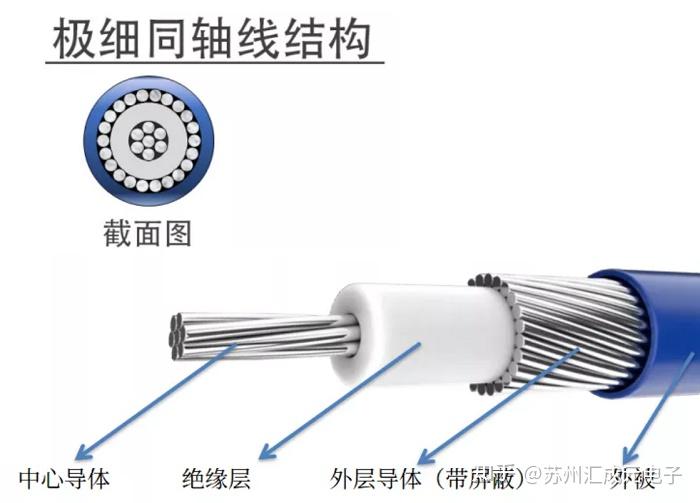Categorization:Harness Component
In modern medical equipment, the role of cables has long gone beyond the basic function of "electrical connection." They are responsible for high-speed signal transmission as well as the critical tasks of power supply and system stability. Due to the high requirements of the medical field for safety, reliability, and traceability, medical cables must pass multiple stringent international certifications.
Main certification requirements for medical cable assembly
ISO 13485 Quality Management System
This is the most core system certification in the medical device manufacturing industry, ensuring that manufacturers meet the standardized requirements of the medical industry in terms of design, production, assembly, and testing.
UL/CSA Safety Certification
In the North American market, cables and insulation materials often need to pass UL or CSA certification to prove that they meet safety standards in terms of voltage resistance, flame retardancy, and high-temperature resistance.
RoHS/REACH environmental compliance
Medical equipment must comply with EU and global environmental regulations to ensure that products do not contain harmful substances such as lead and halogens, in order to safeguard the health of users and environmental safety.
Biocompatibility and sterilization adaptability
For medical cables that come into direct or indirect contact with the human body, it is mandatory to pass biological compatibility tests such as ISO 10993, and verify their stability and reliability under environments such as ethylene oxide sterilization, gamma-ray sterilization, or high-temperature and high-pressure sterilization.
The medical application advantages of ultra-fine coaxial cables (Micro Coaxial Cable)
Extremely thin coaxial cables, due to their small outer diameter, high impedance consistency, and excellent flexibility, have been widely used in endoscopes, ultrasonic probes, and minimally invasive surgical equipment, among other fields. Their characteristics perfectly match the core needs of medical equipment:
High bandwidth, low loss
Supports high-speed data signal and high-definition video transmission, ensuring clear images and real-time response.
High flexibility and miniaturized design
The diameter is usually only 0.3mm to 0.5mm, allowing it to be routed in extremely narrow instrument structures while also having excellent bend life.
Medical-grade material selection
Medical-grade PTFE insulation and FEP sheath can be used, which takes into account the compatibility with high temperature resistance, chemical corrosion resistance, and various sterilization methods.
Of course, having high-quality cable performance alone is not enough to enter the medical field. A complete harness assembly must pass the ISO 13485 system certification during the production process, and meet the standards of RoHS, REACH, and biocompatibility at the material level in order to enter a compliant medical supply chain system.
The certification system for medical cables is not only a safety guarantee but also a testament to product quality. The ultra-thin coaxial cable, with its exceptional electrical performance and miniaturization features, has become an ideal high-speed interconnect solution for high-end medical equipment. As long as the materials, design, and system certification are properly matched, it can meet the stringent requirements of the medical industry for reliability and safety.
I amSuzhou Huichengyuan ElectronicsFocusing on the design and customization of high-speed cable harnesses and ultra-fine coaxial cables, committed to providing stable and reliable interconnection solutions. If you have related needs or wish to learn more, please contact:Manager Yin 18913280527 (WeChat same number)。